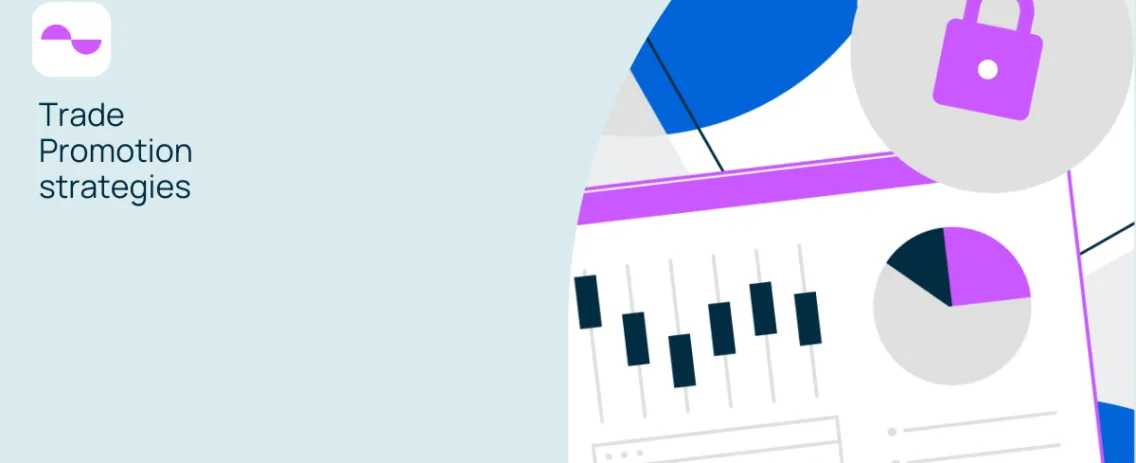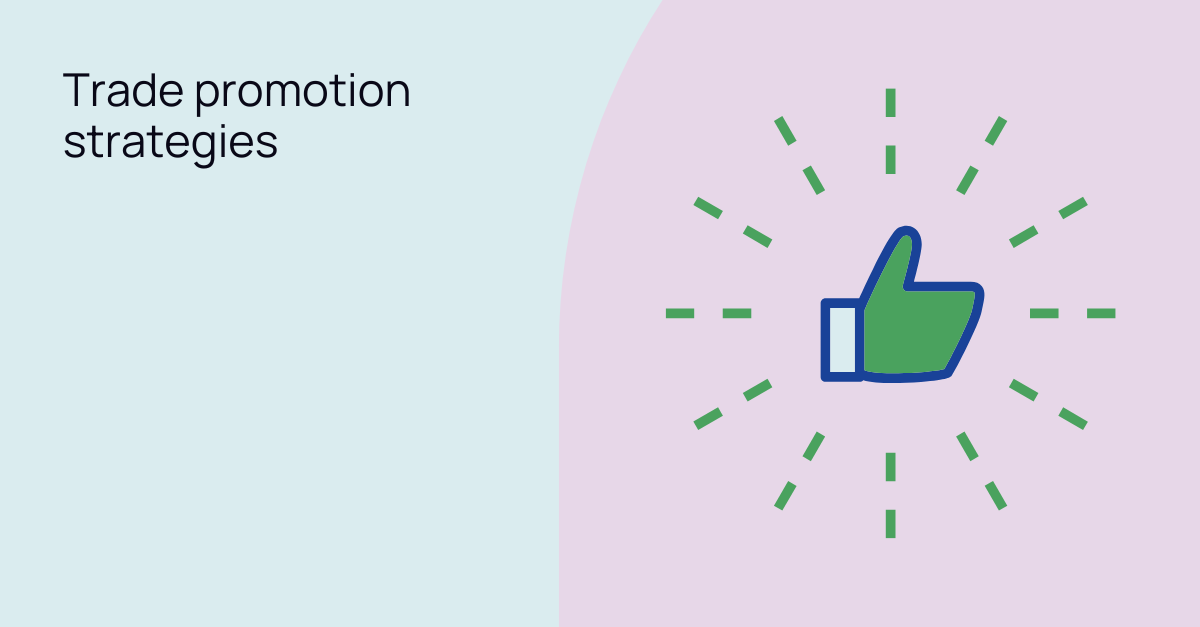
Trade Promotion strategies: Adapting to retail changes
Mastering trade promotion strategies is essential for brands in the consumer-packaged goods (CPG) industry. Consumers are increasingly turning to online platforms to make purchases. They are also exploring different channels and consolidating their preferences. Therefore, brands must adapt their promotional tactics. In doing so, they can effectively engage with their target audience and drive sales. In this blog post, we will take a closer look at how these changes are affecting the retail sector. Additionally, we will explore actionable strategies to deal with them.
Optimizing trade promotion strategies for success
The retail landscape has changed significantly due to the rise of online shopping platforms. It now provides consumers with numerous options for making purchases, whether it’s at supermarkets or through mobile apps. As consumers constantly seek more convenience, online retail has become the preferred choice, fundamentally changing traditional shopping habits.
This shift towards online retail underscores the necessity for brands to recalibrate their strategies.
Consumer preferences are constantly changing due to evolving trends, emerging technologies, and shifting lifestyles. Therefore, brands must stay agile and in sync with these changes. By adopting a dynamic approach to trade promotion strategies, brands can effectively adapt to the changing consumer landscape. This ensures their continued relevance and competitiveness in the market.
Understanding consumer behavior through comprehensive market research and leveraging insights to tailor trade promotions is essential. By crafting trade promotion strategies that resonate directly with target audiences, brands foster consumer loyalty and drive sustainable growth. By embracing flexibility and agility in their promotional approaches, brands can meet the unique needs and preferences of their customers, thus building long-lasting brand relationships and ensuring long-term success.

Enhancing trade promotion strategies with next-generation TPM software
When navigating the shifts within the CPG industry, it is crucial for sales teams to have a reliable source of data and insights for assessing previous promotions. This empowers them to craft informed trade promotion strategies tailored to their brand category. With next-generation TPM solutions, sales teams can:
- Experiment with different types of promotions: Advanced Trade Promotion Management software empowers sales teams to explore a variety of promotional tactics. These may range from discounts and coupons to bundled offers and loyalty programs, all done easily and quickly in minutes. By conducting A/B testing and analyzing the performance of different promotion types, teams can identify which strategies resonate most with their target audience. This enables them to drive the highest return on investment (ROI).
- Compare revenue outlook and assess impact: trade promotion management software enables sales teams to conduct comprehensive analyses of their revenue plans, comparing the projected outcomes of various promotional scenarios. It helps them understand the potential impact of different tactics on overall sales and profitability. So that they can make data-driven decisions about which promotions to prioritize and allocate resources accordingly.

- Analyze changes in non-promoted prices: A key feature of next-generation TPM software is its ability to do this. It can analyze changes in non-promoted prices and their effects on previous promotional mechanisms. By tracking fluctuations in pricing, it assesses their impact on consumer behavior and trade promotion effectiveness. Consequently, sales teams can make informed decisions about pricing strategies and promotional tactics.
- Create scenarios: TPM software enables sales teams to leverage advanced modeling capabilities to forecast trade promotion outcomes and optimize trade promotion strategies. By incorporating various assumptions and scenarios into their analyses, teams can simulate different market conditions. Additionally, they can consider competitive dynamics and consumer behaviors. This helps them identify the most effective strategies for achieving their objectives.
Takeaways
By leveraging the data-driven insights and advanced analytics provided by next-gen TPM software, sales teams can optimize performance, drive sales, and stay ahead in the competitive CPG landscape. They can experiment with different promotion types and compare revenue outlooks. Additionally, they can analyze pricing dynamics and utilize advanced modeling techniques. As a result, sales teams can make better-informed decisions. This in turn enables them to maximize ROI and drive long-term success for their brands, ensuring they are truly mastering trade promotion strategies.

.png)

